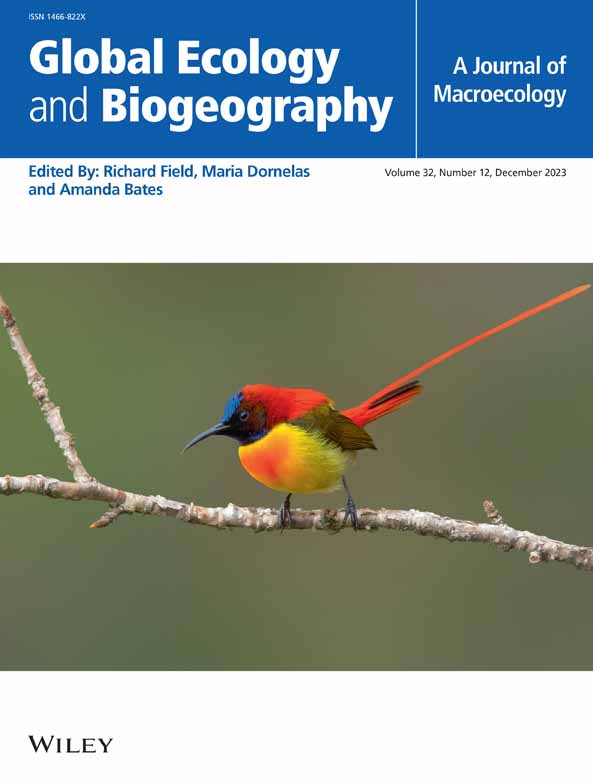Landscape-Scale Responses of Freshwater Biodiversity to Connectivity and Stressors
Abstract
Aim
There is compelling evidence that drivers and patterns of biodiversity and ecosystem functioning vary across multiple spatial scales, from global to regional, landscape and patch. However, macroecological processes impacting freshwater biodiversity are poorly understood compared to marine and terrestrial ecosystems. Despite step changes in data availability, we have a fragmented view beyond the local scale of how hydrological and landscape connectivity interact with ecosystem stressors to shape freshwater biodiversity and functioning. While macroecological patterns can vary substantially among taxonomic groups, previous studies have focussed on individual habitat types, sites or taxonomic groups within landscapes, hindering direct comparisons. We present a cross-landscape, multi-species analysis of the interactive effects of landscape and hydrological connectivity and stressors on standing freshwater quality and the diversity of several major freshwater taxonomic groups.
Location
Great Britain (United Kingdom).
Time Period
2000–2016.
Major Taxa Studied
Phytoplankton chlorophyll-a, macrophytes, molluscs, Coleoptera, Odonata, fish and birds.
Methods
Using random forests and generalised additive modelling, we quantified the interactive effects of landscape and hydrological connectivity and stressors on water quality (phytoplankton chlorophyll-a) and the diversity of selected taxa in standing freshwaters.
Results
We found evidence of connectivity changing from positive to negative relationships with biotic responses with increasing human-induced stress levels. Some species groups showed the inverse, reflecting complexities of modelling at large, cross-landscape scales. Almost all responses were affected by stress or connectivity, often interacting and with non-linear relationships.
Main Conclusions
Patterns in stressor-connectivity interactions differed across taxa, but were important in shaping 6 of 8 biotic responses. This emphasises the need for taxon-specific analyses to resolve freshwater ecological responses to stressors, connectivity, and their interactions. Our results also highlight that connectivity effects must be integrated in landscape-scale, evidence-led decision-making, designed to reduce impacts of stressors on water quality and biodiversity.


 求助内容:
求助内容: 应助结果提醒方式:
应助结果提醒方式:


